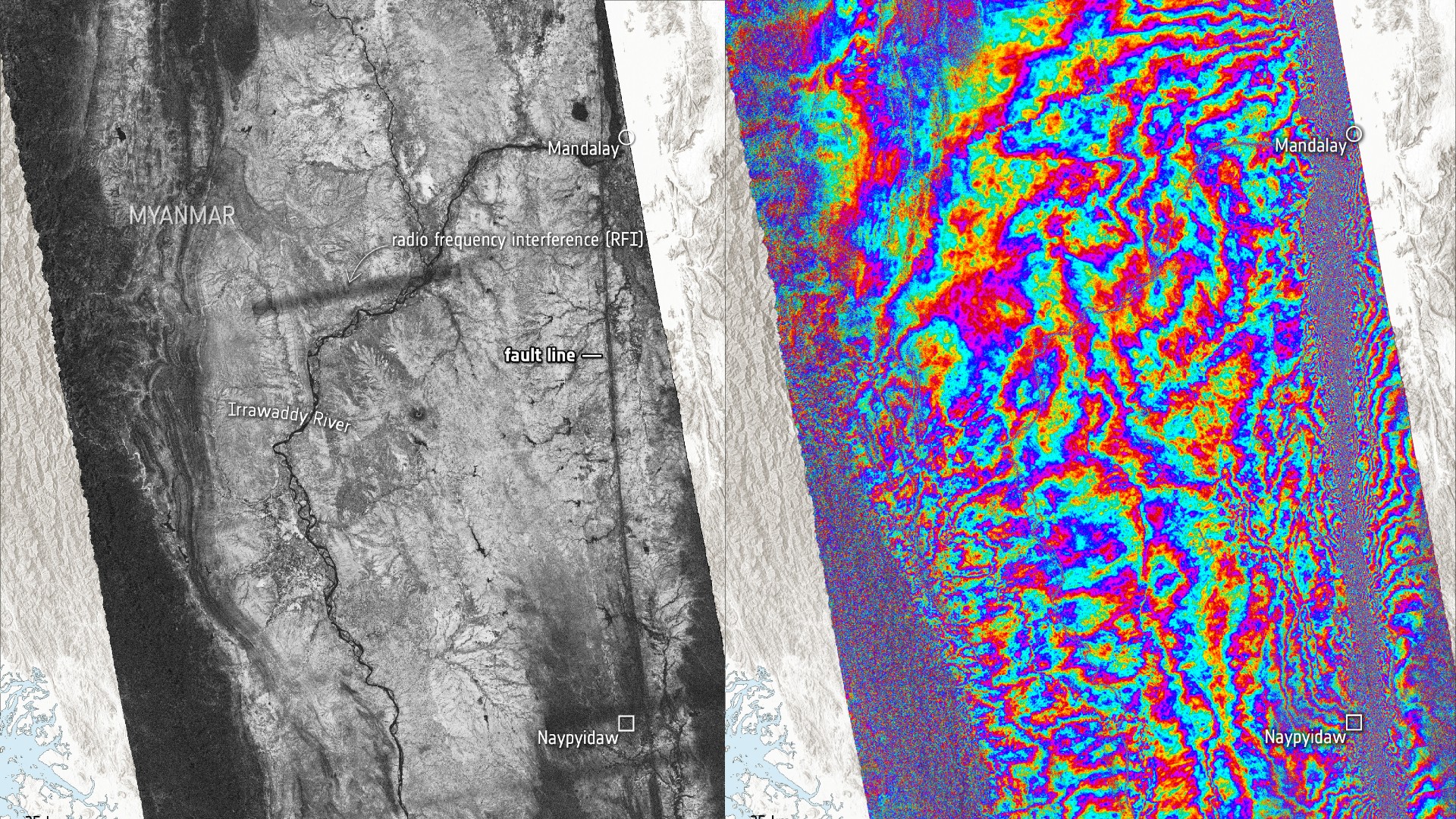See Tonight's 'Great' Meteor Shower
Many meteor showers tend to disappoint, but the annual Geminid shower is relatively reliable. And this year's version, which peaks tonight, is expected to be a great one.
Meteors could start showing up anytime after dark this evening, Dec. 13, low on the eastern horizon. A better display should begin after 10 p.m. or so local time, when the constellation Gemini, from which the meteors emanate, rises higher into the Eastern sky.
By 2 a.m. local time Friday, Dec. 14, Gemini is directly overhead, and meteors will streak outward in all directions like spokes on a wheel, weather permitting.
Forecasters predict one or two shooting stars per minute during the peak hours.
Be patient
The Geminids will not put on anything like the dramatic meteor storms associated with the November Leonids around the turn of the millennium several years ago, but the Geminids are known to be extremely reliable. Experts figure this year will be better than usual.
Seasoned skywatchers offer these tips:
Get the Space.com Newsletter
Breaking space news, the latest updates on rocket launches, skywatching events and more!
- Turn off all lights, indoors and out.
- Dress warmer than you think necessary.
- Give your eyes 15 minutes to adjust to the darkness.
- Lie back on a lounge chair or blanket and scan as much of the sky as possible.
- Don't use binoculars or telescopes—meteors move too fast.
"At first you might not see very many meteors—but be patient," said NASA astronomer Bill Cooke of the Marshall Space Flight Center in Alabama. "The show really heats up after midnight and by dawn on Friday."
Rural skywatchers could see up to 120 meteors per hour during this peak time. However, city lights will overpower most of the meteors. The best bet for urbanites is to leave town.
The moon is near its new phase, so skies will be dark. That's good, because darker skies mean more of the faint shooting stars are visible.
"It's always a great shower," Cooke said. "Don't miss it."
Strange origin
Meteor showers are generally caused by debris from a comet. The Geminids come, however, from an asteroid called 3200 Phaethon that scientists think might actually be a burned-out comet. Most of the shooting stars you'll see are created by bits of material the size of sand grains. As they streak through the atmosphere, they vaporize under the pressure.
While you're out, look for Mars. The red planet is starkly visible in the East by late evening and is high in the sky by midnight. It's easy to spot, appearing very bright and typically orange.
The Geminids will tail off rapidly after Friday morning, but a few stragglers, including perhaps some bright meteors, are likely to streak through the skies over the weekend.
- Meteor Watching 101: Tips and Terms
- Viewer's Guide: Geminid Meteor Shower 2007
- Anyone Ever Get Hit By a Meteor?
Join our Space Forums to keep talking space on the latest missions, night sky and more! And if you have a news tip, correction or comment, let us know at: community@space.com.

Rob has been producing internet content since the mid-1990s. He was a writer, editor and Director of Site Operations at Space.com starting in 1999. He served as Managing Editor of LiveScience since its launch in 2004. He then oversaw news operations for the Space.com's then-parent company TechMediaNetwork's growing suite of technology, science and business news sites. Prior to joining the company, Rob was an editor at The Star-Ledger in New Jersey. He has a journalism degree from Humboldt State University in California, is an author and also writes for Medium.









